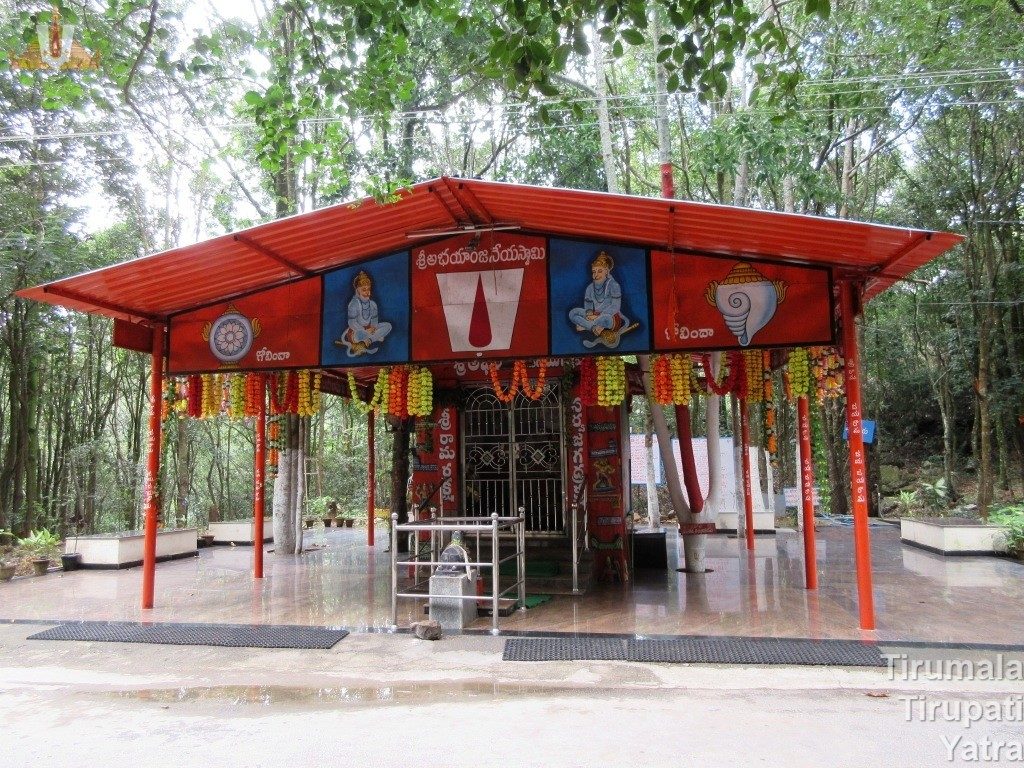Anjaneya / Hanuman A simple recollection of the name itself brings about a great joy propelled by Bhakti. A mere reflection of the imposing mountain range adds fervor to Prapatti. This one word is enough to create a ripple effect of utmost dedication. What makes the word so powerful and impactful? One reason is the Read More
Ads Blocker Detected!!!
We have detected that you are using extensions to block ads. Please support us by disabling these ads blocker.

